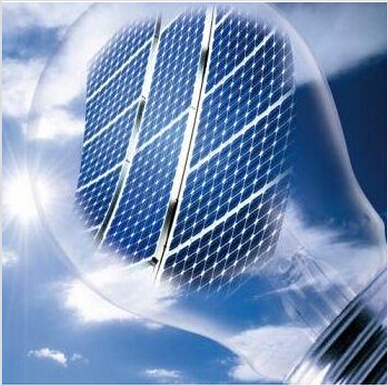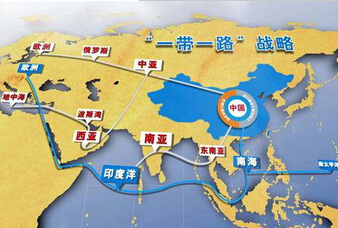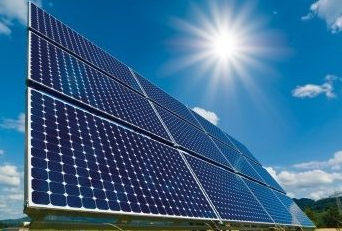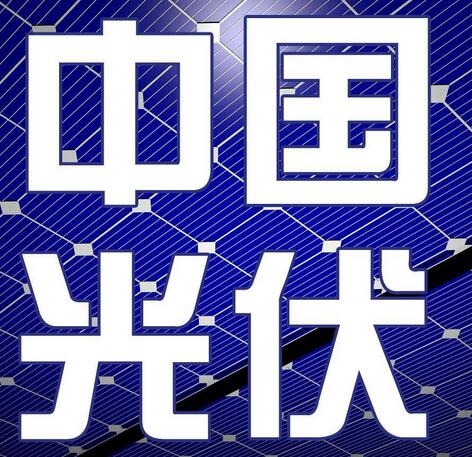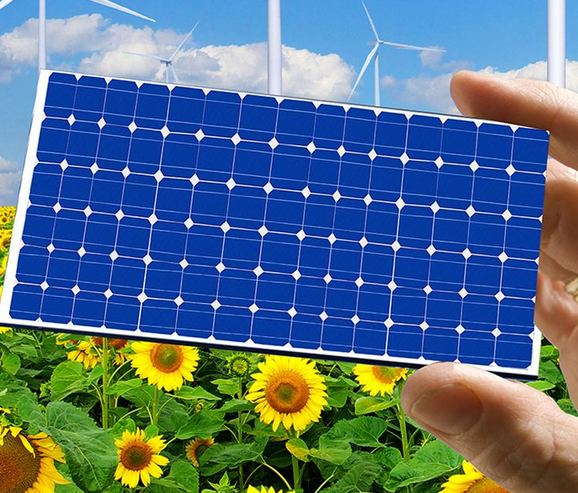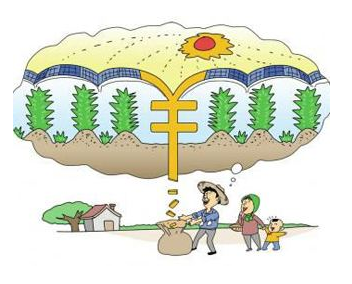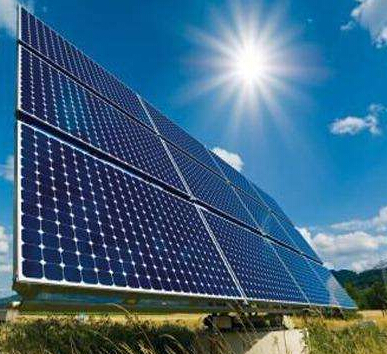Photovoltaic + grid standard
On March 20, the General Office of the National Development and Reform Commission issued the "Notice on Further Promoting the Reform of Incremental Distribution Business" No. 356 (Draft for Soliciting Opinions). Among them, the first mention of encouraging the reform of stockpile distribution networks officially opened the prelude to the separation of transmission and distribution. This document will further break down barriers in the industry and open up barriers to the distribution network. The distribution network will be further open to social capital.
Peng Libin disclosed: "At present, we have learned from the Energy Bureau's center that there are about 3,000 power supply business licenses for stock distribution networks, and the number of corporate distribution networks to incremental distribution networks may reach 2,000, and the estimated capital involved will exceed 50,000. Billion, this will be a bigger industry than photovoltaics."
"Because distribution network management is a public setting business, it will inevitably determine that the distribution network price will be low-yield, long-term investment and major responsibility assets. To achieve better investment returns, we must find the best way to reduce the cost of power supply." Peng Libin Said, "From the current trend, distributed energy will become an important pillar of the distribution network, and the construction of photovoltaic power plants is the first choice for companies to reduce the cost of power."
Some industry experts predict that with the further liberalization of the stock distribution network and not involving subsidy issues, all distribution network companies will try to build a centralized consumer-side consumer photovoltaic power station. These power stations will become important players in the power generation market.
Photovoltaic "in" coal "retreat"According to statistics, in 2017, the newly installed photovoltaic capacity in China has surpassed coal-fired power generation. Li Qionghui, director of the National Grid Energy Research Institute, said that this can be said to be a milestone in the process of energy transition; it is expected that in the short-term future, the proportion of new energy in the total installed capacity of power will exceed the traditional fossil energy, and will increase. The new stage of substitution. Among them, the installed capacity of photovoltaics is expected to surpass the wind power that has been leading.
However, people in the industry are very worried about the future development pattern of energy in the future, especially the market space of photovoltaics and how to achieve the “intake” of photovoltaic and the “retreat” of coal in the short-term future by 2030."It is estimated that around 2030, there will be a large number of coal-fired power plants in the eastern part of China that are facing the problem of decommissioning. This will bring very large room for new energy development." Li Qionghui told reporters: "At the same time, this will usher in a new problem - - Whether the amount of new energy resources can meet the clean energy consumption in central and eastern China. According to the current data, it is difficult to replace the amount of electricity generated in the East and Central China by the actual generation of wind power. In the short-term future, at least until 2020, photovoltaic The focus of development is in the central and eastern regions, and it is expected that the future growth in electricity demand may exceed the planning of the original market. However, this may still not meet the demand, and further development in the western region will be required."
Li Qionghui explained that before 2017, the scale of distributed photovoltaics was relatively small, and the impact on the main power grid could be said to be almost non-existent. Therefore, the government’s relevant departments have very little control over its intensity. “However, with the development of distributed photovoltaics, in some parts of central and eastern China, such as Jiaxing, there has been a large gap between short-time peaks and valleys at noon, and grid regulation has been unable to keep pace. Therefore, it is sometimes necessary to operate locally local grids. Some extreme measures have been taken. At the request of the Energy Board, the next step is for the grid company to regularly publish the region’s grid-connected capacity to the public in separate districts and sub-districts so as to solve the problem as quickly as possible,” said Li Qionghui.
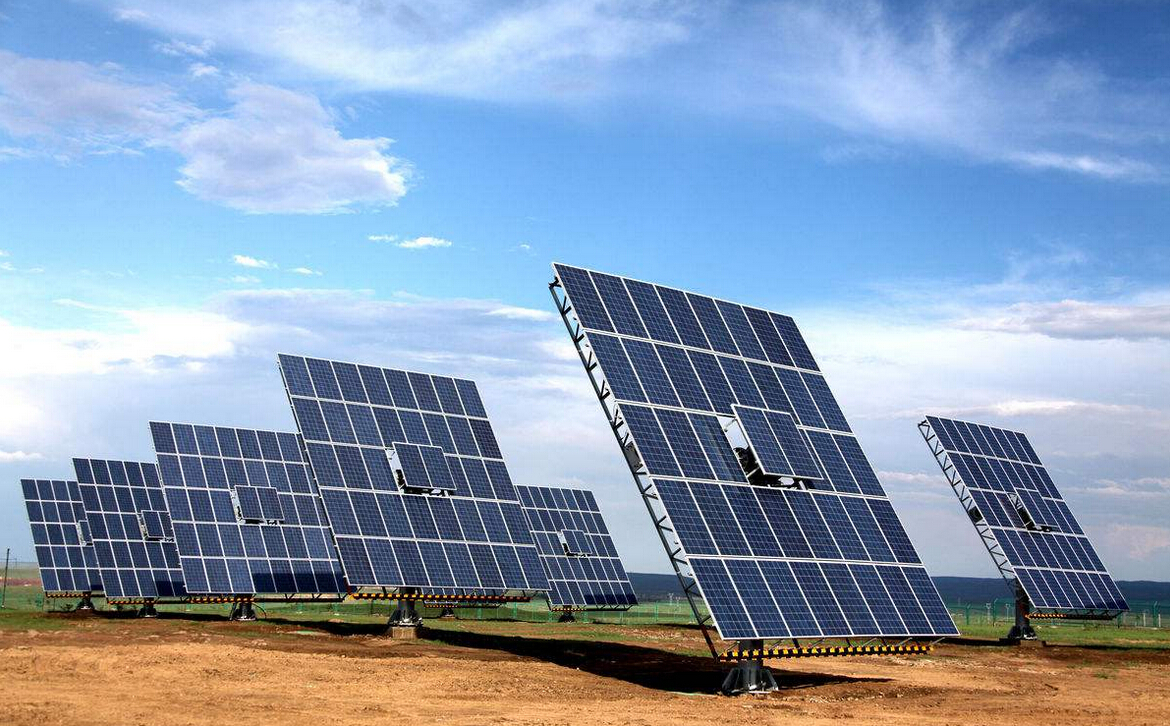
Small monopoly risks increase
Undoubtedly, the grid reform will further promote the development of distributed new energy, especially distributed photovoltaics. Peng Libin predicts that "distributed" photovoltaics may "flower everywhere". “As the cost of land in central areas is very precious, distribution grids in densely populated areas of the city will make every effort to use space to build photovoltaic power plants. With the further reduction of costs, the replacement of roof-mounted photovoltaic power plants will also be commonplace. Peng Libin told reporters.
In addition, Peng Libin said that the industry may also face three major risks: First, there may be a small monopoly mechanism. In order to pursue a higher return on investment, distribution network companies will develop towards the integrated development of distribution, distribution and sales. However, only the distribution network business is a regulated business, which may lead to unfair treatment such as unreasonably reducing the on-grid tariffs of other power stations, reducing the number of hours of non-self-operated power stations, preventing competitive businesses, etc. Secondly, the terminal electricity prices after reforms. It may face problems of decline. In the future competition, the PV power price system will be seriously challenged. Finally, due to the drive of investment and benefit pursuit, there will be an initial investment by the investors without considering the safety and stability of the power grid. Photovoltaic power plants, which will increase the safety risks of photovoltaic power plant systems.
Even so, people in the industry are still optimistic about the combination of "photovoltaic + distribution network" development. Peng Yu, Secretary-General of the China New Energy Power Investment and Financing Alliance, said: “The photovoltaic project will attract more holders of non-power industries, and even some large energy-consuming companies are interested in investing in smart distribution network projects, and focus on investment in photovoltaic assets. How to combine the transformation needs of both incremental distribution network and photovoltaic is an important trend in the future distributed market and even the entire renewable energy market.Either in the distribution network or in the power assets, the main body will develop towards the diversification trend. And establish a multi-level market."
Li Qionghui also stated that starting from the actual development of the power grid, the power grid companies are very supportive of clean energy development. “In foreign countries, the power grid industry has been considered as a sunset industry. It is precisely because of the development of new energy and smart grids that the grid is returning to the sunrise industry. The power grid companies have also gained new life from them. This is a concept of mutual benefit and mutual assistance.” Li Qionghui said.
















 RCCN WeChat QrCode
RCCN WeChat QrCode Mobile WebSite
Mobile WebSite